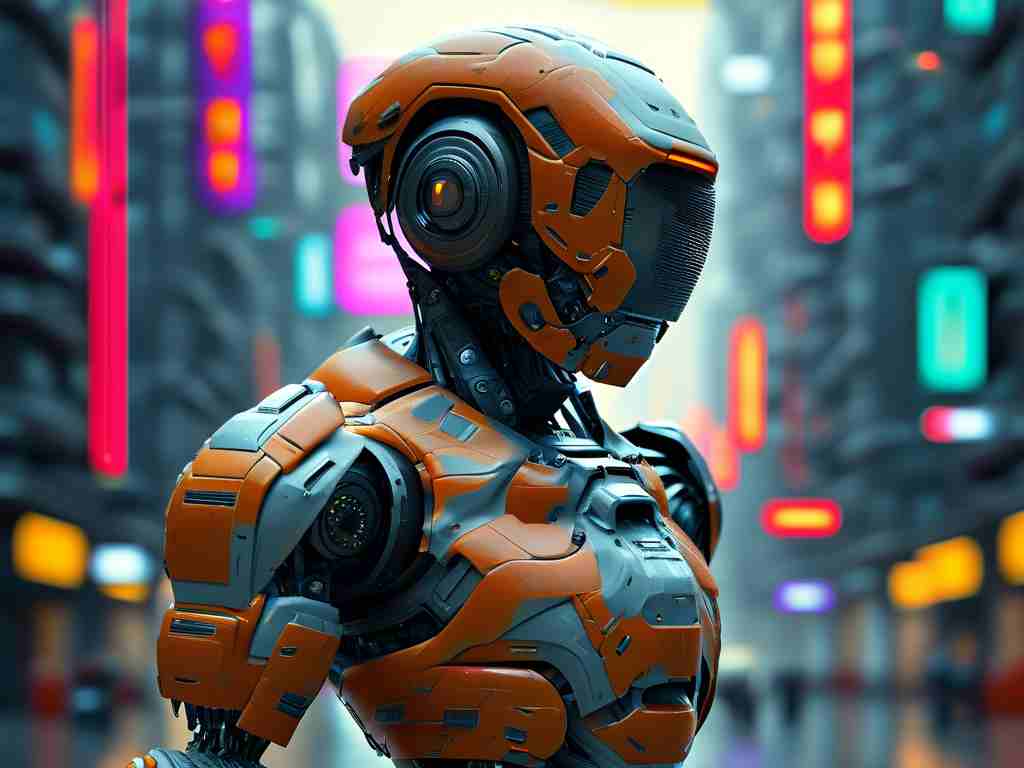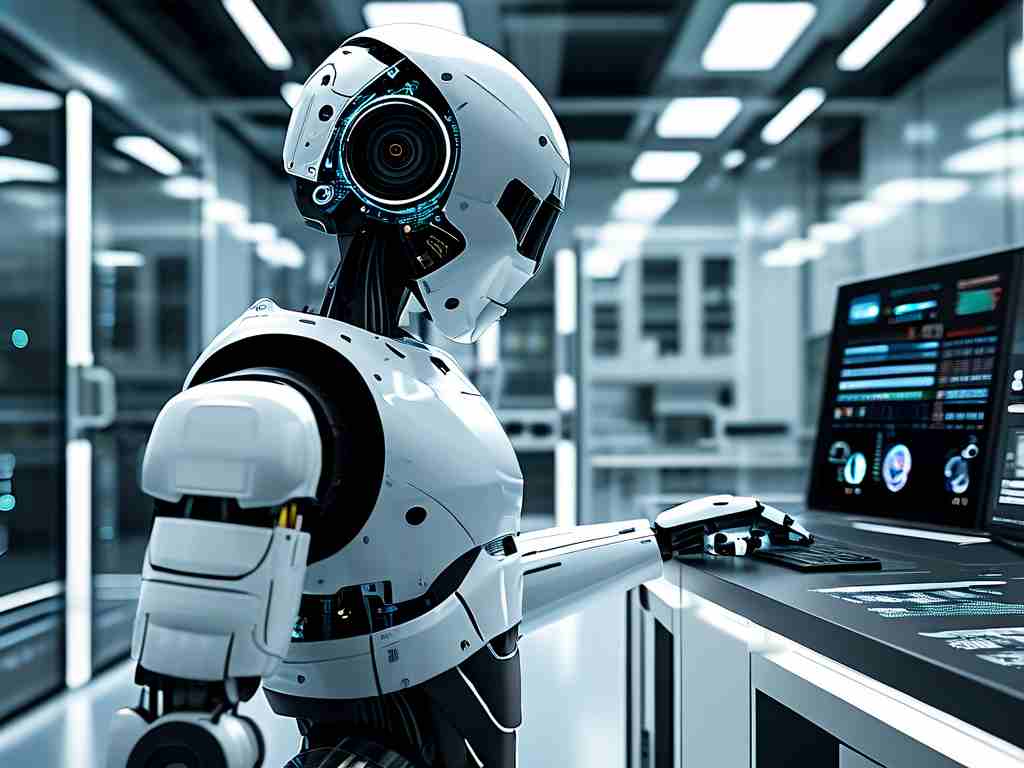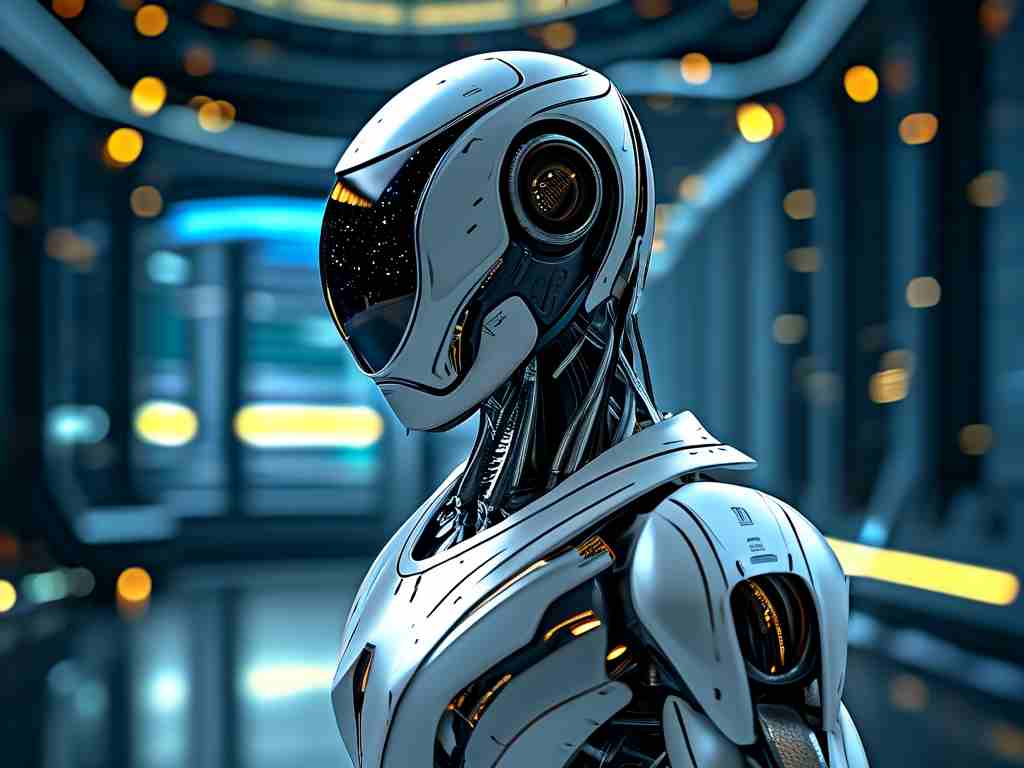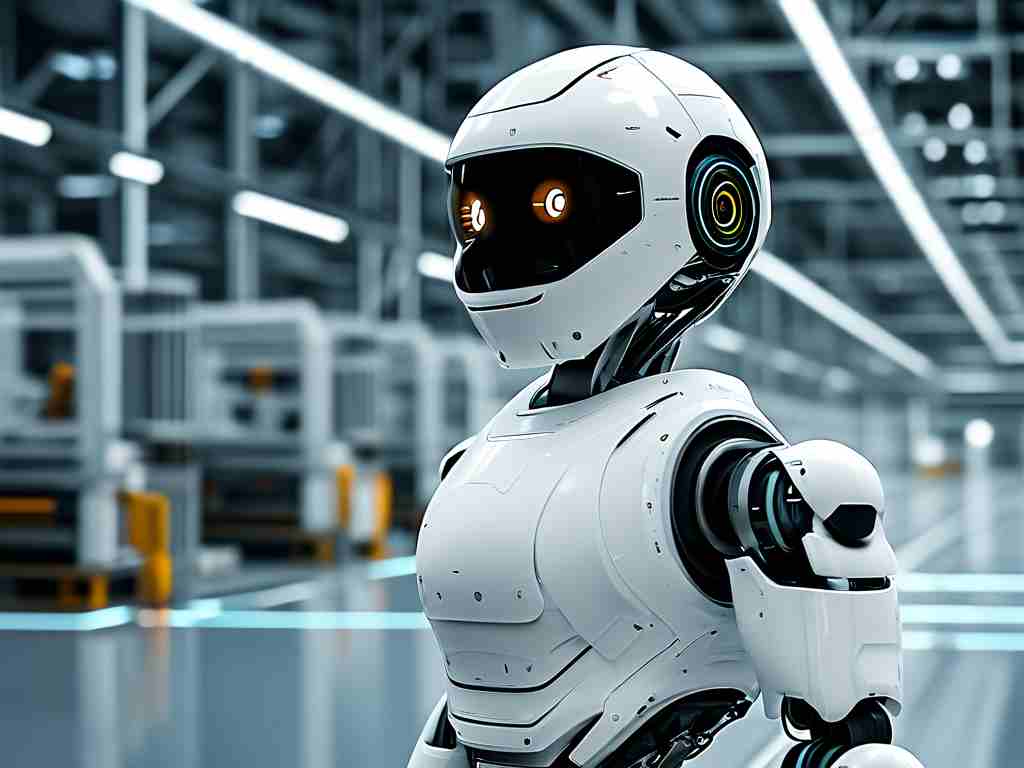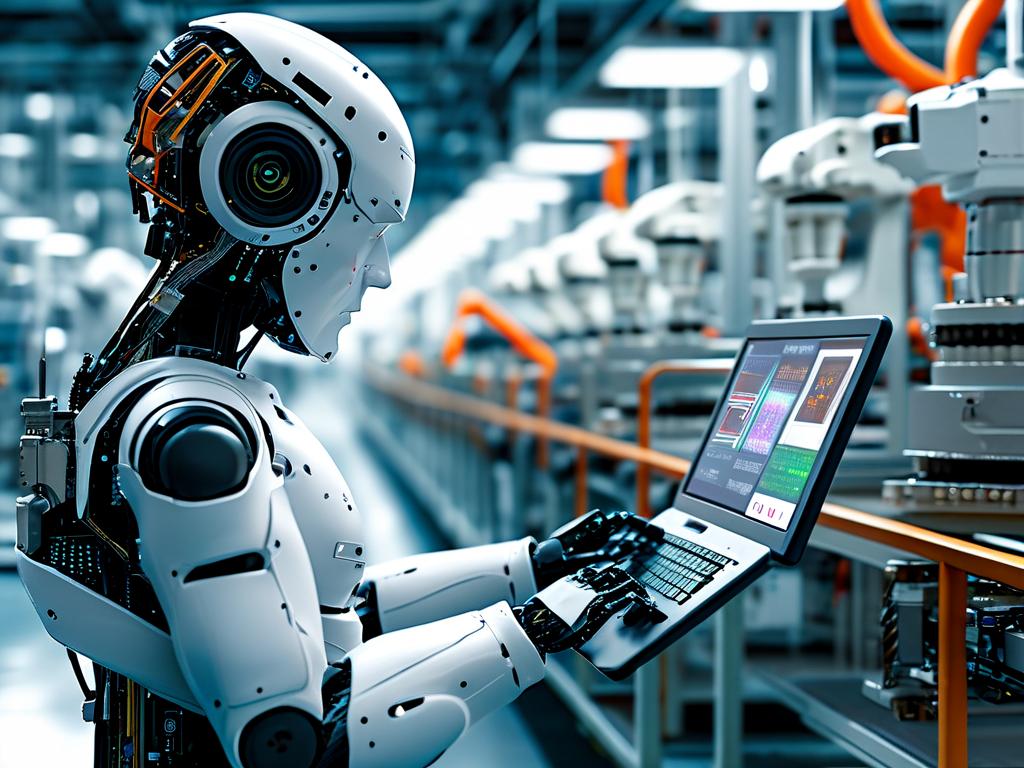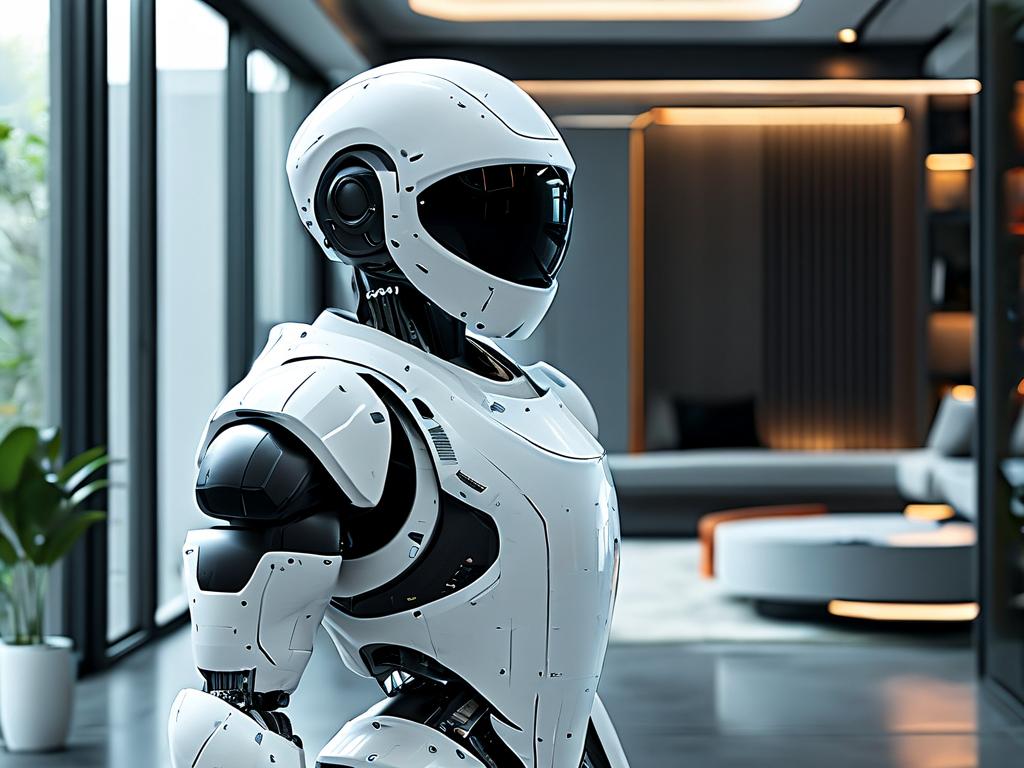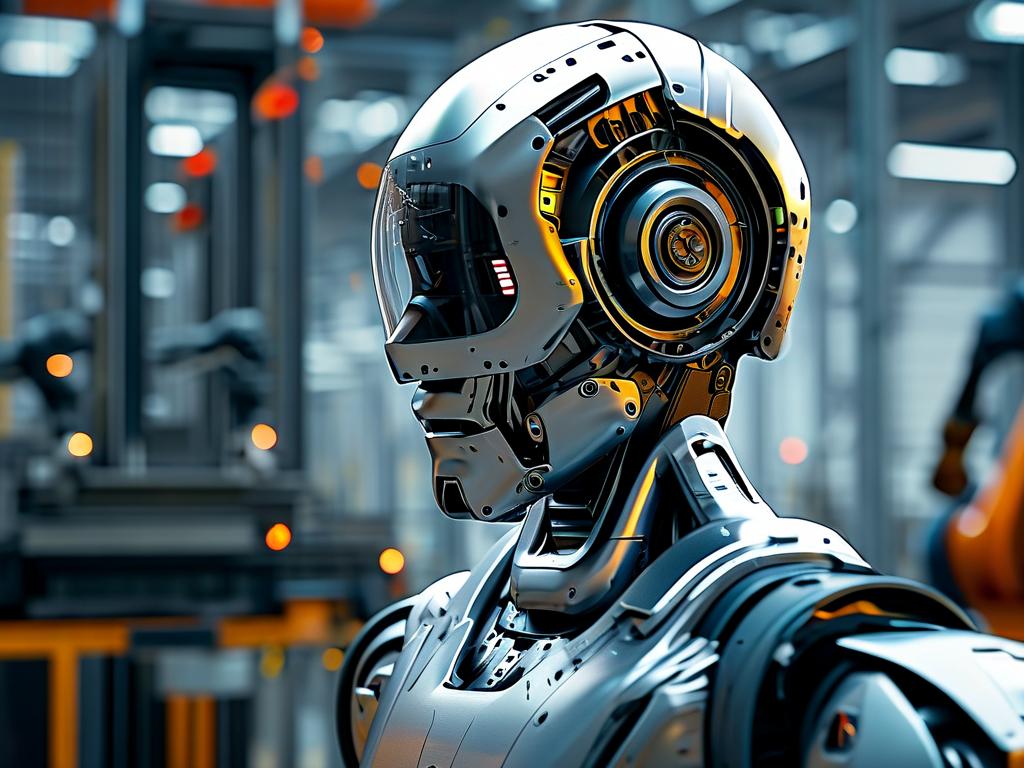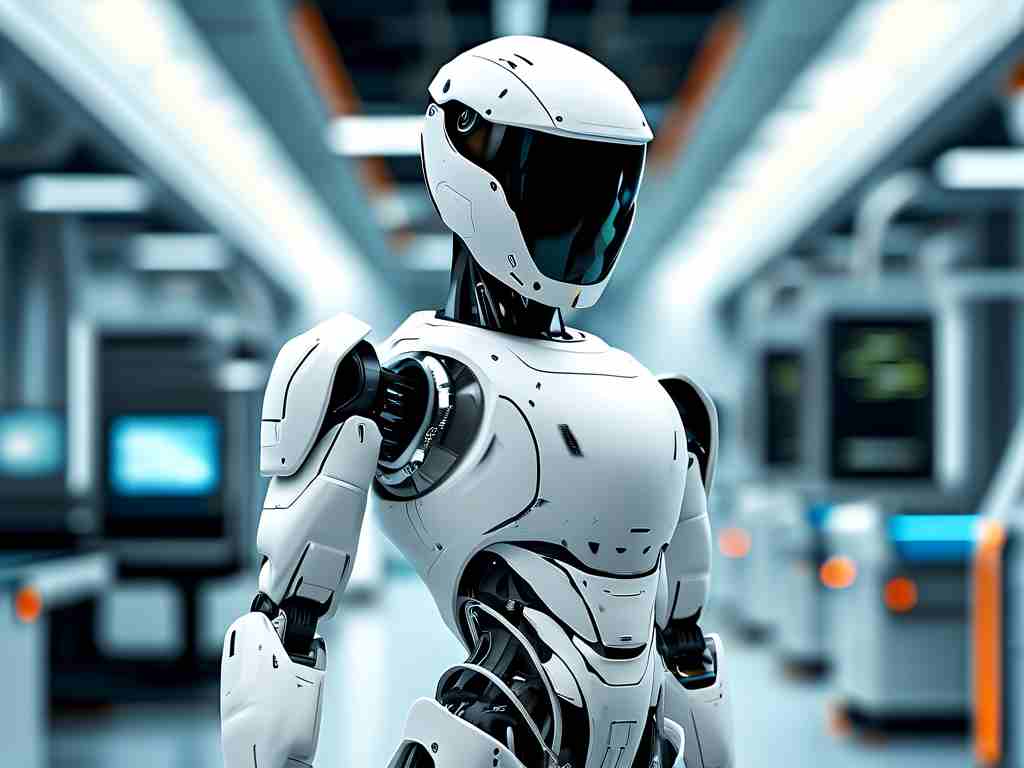The Isaac robotics technology platform has emerged as a transformative force in automation, blending cutting-edge artificial intelligence with modular hardware solutions. Developed by NVIDIA, this platform addresses critical challenges in industrial and service robotics through a combination of simulation tools, perception algorithms, and scalable deployment frameworks.
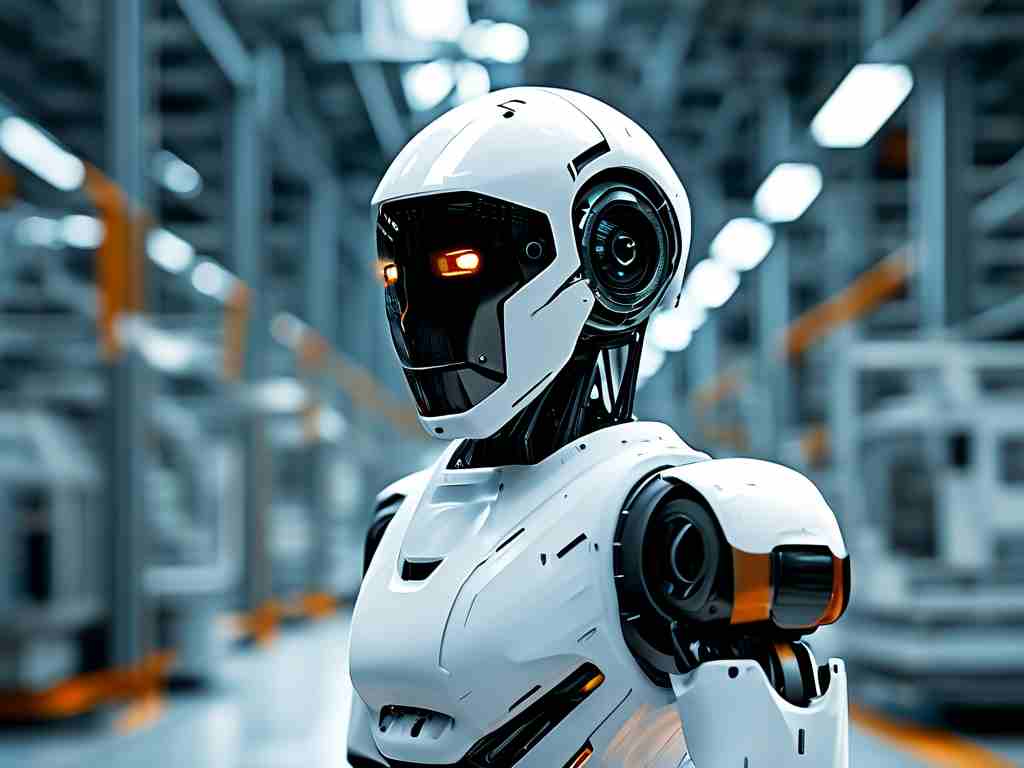
At its core, the Isaac platform leverages GPU-accelerated computing to process complex sensor data in real time. This capability enables robots to interpret environments using multimodal inputs from cameras, LiDAR, and inertial measurement units. Unlike traditional systems that rely on pre-programmed paths, Isaac-powered robots employ adaptive machine learning models to navigate dynamic spaces. For instance, warehouse robots using Isaac SDK have demonstrated 40% faster obstacle avoidance compared to conventional systems during peak operational hours.
A distinctive feature lies in Isaac Sim, a virtual testing environment built on Omniverse technology. This photorealistic simulator allows engineers to train robotic systems under millions of scenarios before physical deployment. A logistics company recently reported reducing development cycles by six months through simulated stress tests of robotic arms handling irregular package shapes. The platform's synthetic data generation tools further eliminate dependency on costly real-world data collection.
Hardware-software co-design represents another breakthrough. The platform supports heterogeneous computing architectures, enabling seamless integration with Jetson edge AI modules and industry-specific sensors. This flexibility was showcased in agricultural robotics, where Isaac-driven harvesters achieved 92% fruit recognition accuracy across varying light conditions through customized sensor fusion configurations.
Despite these advancements, practical implementation requires careful consideration. The platform's reliance on CUDA parallel computing architecture necessitates compatible GPU infrastructure, potentially increasing upfront costs for small-scale adopters. However, cloud-based Isaac solutions now offer pay-as-you-go access to high-performance computing resources, democratizing access for startups.
Security protocols embedded in the platform address growing concerns about connected robotic systems. Multi-layered encryption and blockchain-based firmware verification mechanisms have been implemented following recent cybersecurity audits. These features proved critical in a manufacturing deployment where robotic cells prevented unauthorized access attempts during sensitive assembly processes.
Looking ahead, NVIDIA's roadmap emphasizes swarm robotics coordination through 5G-enabled Isaac clusters. Early prototypes demonstrated synchronized behavior in search-and-rescue drone teams, maintaining sub-10ms latency in decision loops. Such developments hint at future applications in urban infrastructure management and precision agriculture.
The platform's open modular architecture continues to foster third-party innovation. A robotics startup recently unveiled a palletizing solution combining Isaac navigation stacks with proprietary grasping algorithms, achieving 99.3% operational reliability in live production environments. This ecosystem-driven approach positions Isaac as a foundational layer for next-generation automation.
While challenges persist in cross-platform compatibility and real-time decision transparency, ongoing improvements in explainable AI modules aim to bridge these gaps. The Isaac platform's evolution reflects broader industry shifts toward adaptive, self-optimizing robotic systems that learn from operational data streams—a paradigm redefining human-machine collaboration across sectors.


